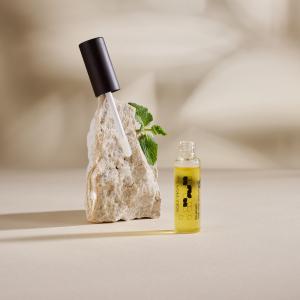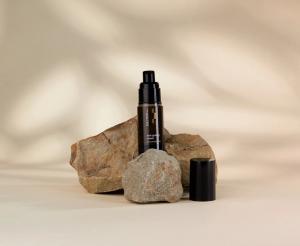Licorice (Glycyrrhiza glabra)
Other names: Liquorice, Licorice, Sweet wood, Pendre, Sweet spices
Harm score: 1 (Natural substances)
Licorice, also known as licorice or liquorice, is a perennial herb belonging to the berry family. This plant is known by its many names including 'sweet wood', 'pumpernickel' or 'sweet spice' and is popular mainly for its medicinal properties and its specific sweet taste. It is native to southern European countries and western and central Asia, but is now ubiquitous in other places such as Russia, Spain, Italy and Turkey. Liquorice is a perennial, perennial herb up to two metres tall with deep reaching roots that can survive in extreme conditions.
Licorice is mainly used for its root, which is harvested after three to four years of growth and is a source of valuable substances such as glycyrrhizin, which is up to 50 times sweeter than sugar. Because of its characteristic sweet taste, liquorice is used in the food industry, mainly for the production of sweets, candies and other sweets. Traditional products include Italian liquorice candy, English liquorice cordial and Dutch liquorice candy. In this country it is mainly known in the form of the liquorice stick. In the liquor industry, liquorice is used to flavour some liqueurs and bitter alcoholic beverages. Outside the food industry, it commonly enters into the composition of many medicines and tea mixtures. Licorice is also often used in the cosmetics industry for its soothing and anti-inflammatory properties.
Licorice (Glycyrrhiza glabra) can be found in the following products

Lip serum Hydration and plumping/Lip serum Plump and hydration 7 ml
Product detail
Citrus 24h Deo Roll-On
Product detail
Sea Buckthorn 24h Deo Roll-On 50ml
Product detail
Anti-gravity face cream - WELL AGING 30 ml
Product detail
Pomegranate Roll-On Deodorant 24 Hours
Product detail